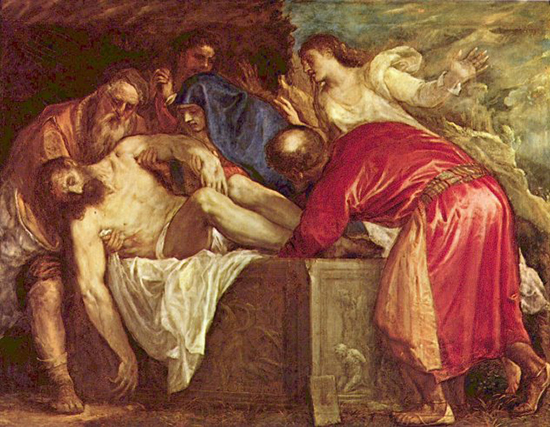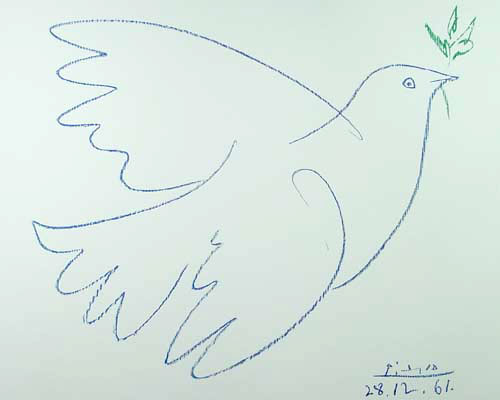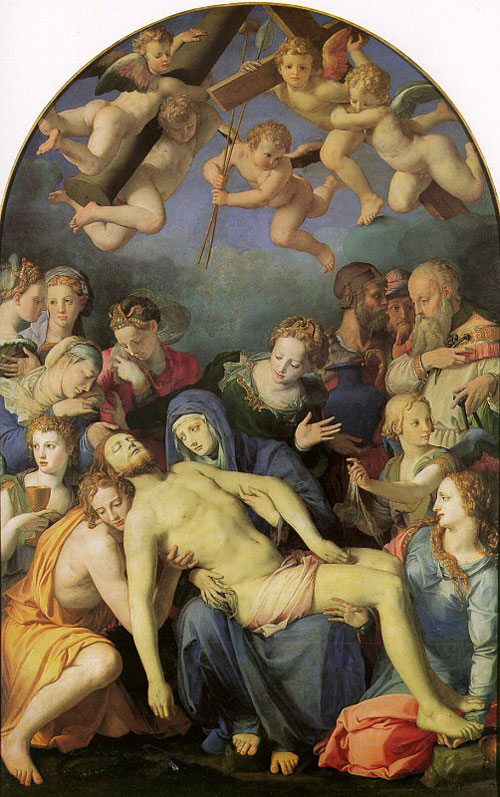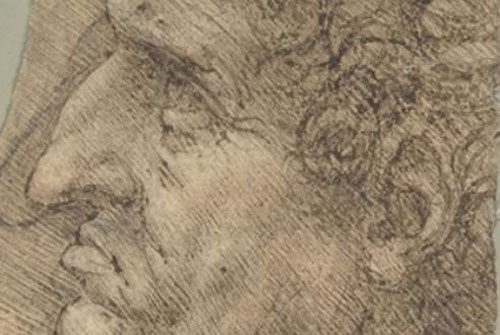On the 25th of August, the exhibition Renaissance Faces will open at the Bode Museum in Berlin, which contents the largest exhibition of Renaissance art from the New York Metropolitan Museum of Art. This exquisite exhibition is done in collaboration with the Federal Ministry of Foreign Affairs and will be open until November 20th.

The exhibition is organized with 150 portraits painted by Filippo Lippi, Sandro Botticelli and Giovanni Bellini. The Italian portrait, in its beginnings, was marked by the realism of great Dutch painters and reflected the social status, marital status and social and aristocratic relations of the person, just by looking at his/her facial expressions.
The development of portraiture in the Renaissance led to increase the demand of this kind of art in various sectors of society, who found an opportunity to perpetuate different iconography, that reflected different features such as religious devotions, an expression of love in its many facets, or religious and political images representing the dominant and political power at the time.
The portraiture was also a testing ground for artists, through self-portrait and the anonymous portraits or illusory. Following the masters of the time several new techniques were developed.
Fray Filippo Lippi (1406-1469), known as Lippo Lippi, entered the convent after the death of his parents. When he was only 15 years old, he began to express his artistic capacities in painting by decorating the Brancacci Chapel with Masolino and Masaccio. Protected by Cosimo de Medici, he created remarkable works, including Madonna and Child, which is preserved in the Uffizi Gallery in Florence. He was a remarkable teacher of great artists as Sandro Botticelli.
Giovanni Bellini (1429-1516), nicknamed Giambellino, because of the delicacy and sensitivity of his works, was part of the Venetian Renaissance School with his brother Gentile. This school was famous for renewing the spirituality of the works, countering the fashion of paganism that had overtaken the Renaissance, that is why his painting is steeped in religion and not in classical mythology. He took advantage of the oil technique, the linearity of flamenco roots and the Venetian colors, which are new pictorial representations that renewed his repertoire. He was a great influence on his disciples; changing an entire generation of painters in Venice, influence that even Dürer himself acknowledged.
Alessandro di Mariano Filipepi (1444-1510), better known by his nickname Sandro Botticelli was a painter, engraver and illustrator. He was disciple of Filippo Lippi and Antonio Pollaiuolo. His paintings were known for their sensual style that showed freedom with more secular themes than most of the painters of the Renaissance. This led Botticelli to be one of the most attractive and intriguing artists of his time. His most famous work, famous for the balance between its figures and objects in the composition, is The Birth of Venus.
For more information http://www.smb.museum/smb/kalender/details.php?objID=17220
 Nancy Guzman
Nancy Guzman
These great Renaissance painters left a legacy of imperishable portraits. This exhibition is truly unique in its kind, so you already have something special to do this holiday, come and spend a few days in apartments in Berlin and don´t forget to visit this exhibition.

 English
English


